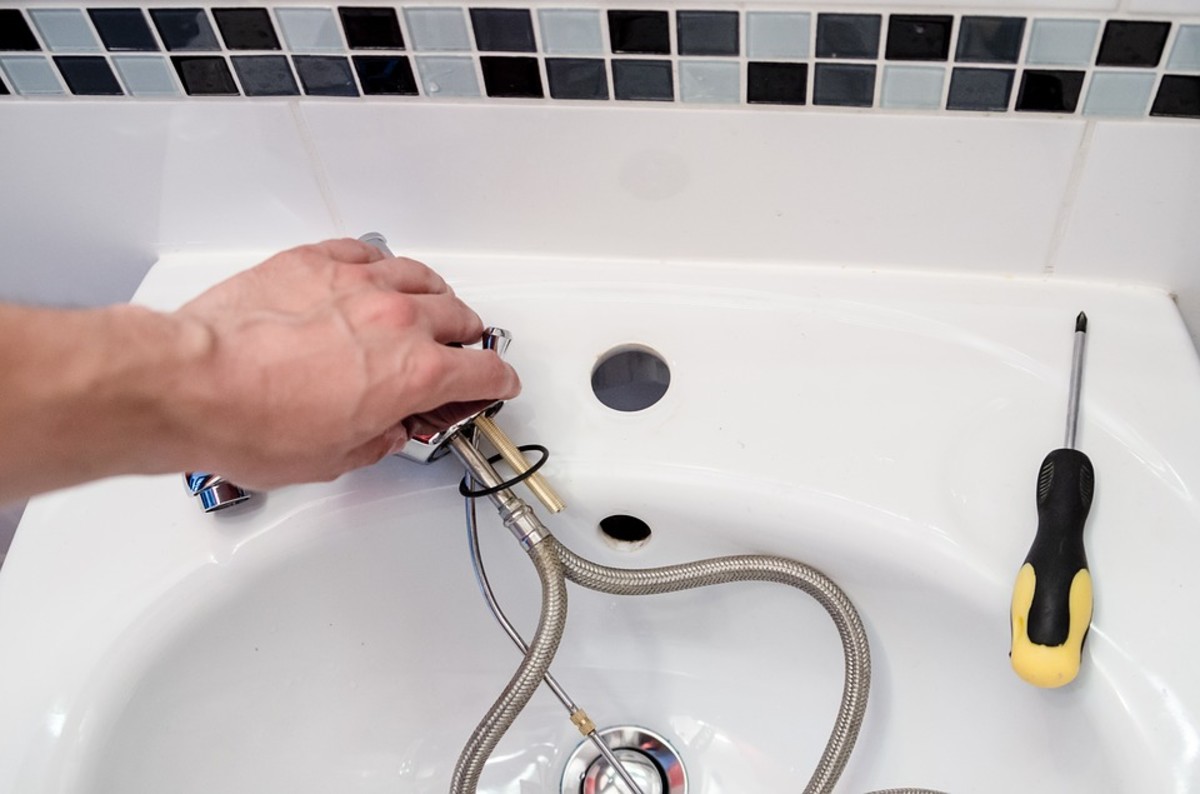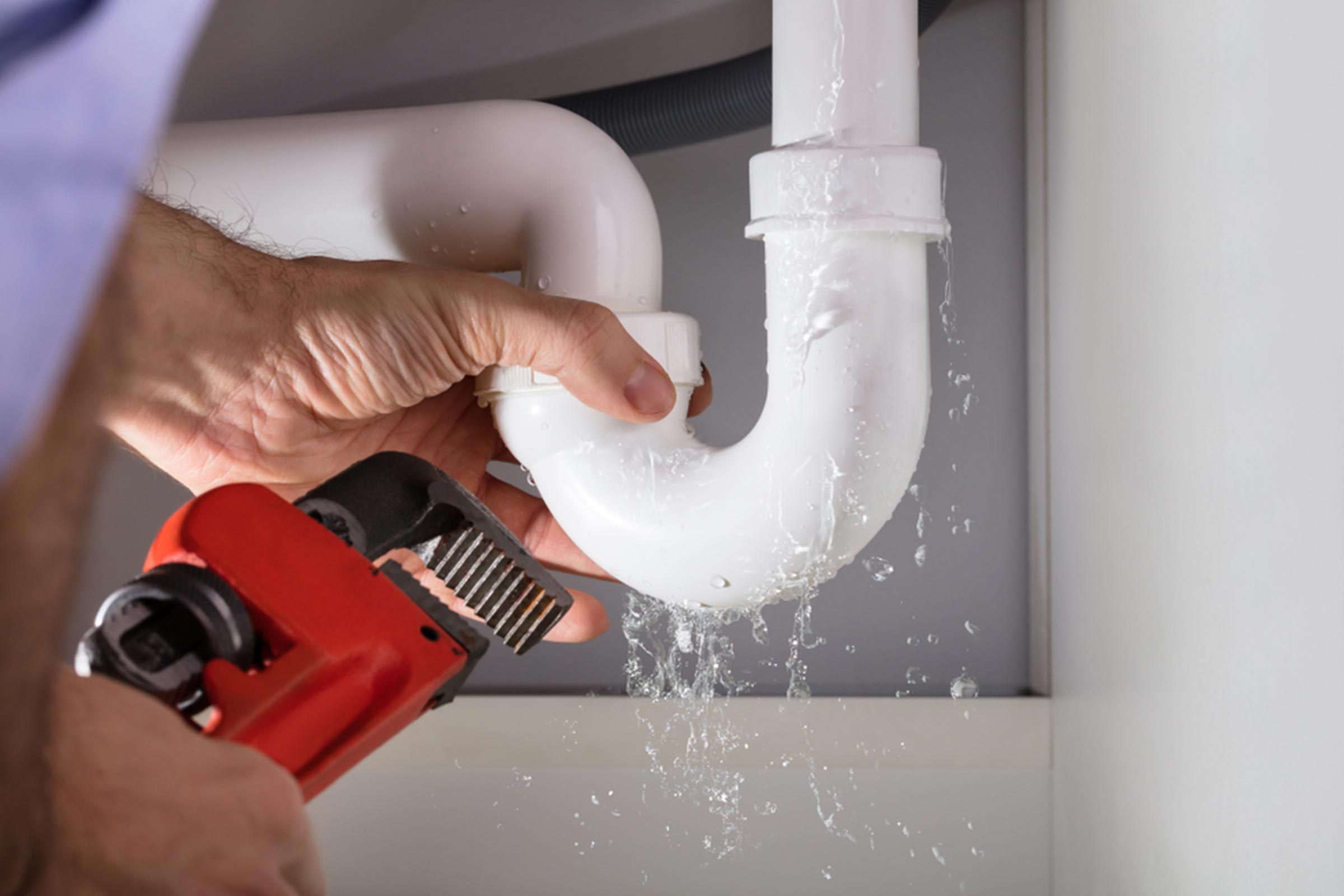Finding and Repairing Noisy Plumbing in Your Home
Finding and Repairing Noisy Plumbing in Your Home
Blog Article
Just how do you feel in regards to Why Do My Pipes Make Noises?

To diagnose loud plumbing, it is essential to identify very first whether the undesirable sounds happen on the system's inlet side-in various other words, when water is transformed on-or on the drainpipe side. Sounds on the inlet side have actually differed reasons: extreme water pressure, worn shutoff as well as faucet components, poorly connected pumps or various other appliances, incorrectly placed pipeline fasteners, as well as plumbing runs having too many limited bends or other restrictions. Sounds on the drain side usually stem from bad place or, just like some inlet side noise, a layout consisting of tight bends.
Hissing
Hissing noise that takes place when a faucet is opened a little normally signals too much water stress. Consult your local water company if you believe this issue; it will certainly have the ability to inform you the water pressure in your area and also can mount a pressurereducing valve on the inbound supply of water pipeline if required.
Other Inlet Side Noises
Squeaking, squeaking, scratching, breaking, and also tapping normally are triggered by the growth or contraction of pipelines, generally copper ones providing hot water. The audios happen as the pipes slide against loosened bolts or strike neighboring residence framework. You can typically determine the location of the problem if the pipes are subjected; simply follow the noise when the pipelines are making noise. Most likely you will discover a loose pipe wall mount or an area where pipes exist so near floor joists or various other framing items that they clatter against them. Affixing foam pipe insulation around the pipes at the point of call need to remedy the problem. Make certain straps as well as wall mounts are safe and also supply adequate support. Where possible, pipe fasteners must be attached to huge architectural aspects such as foundation wall surfaces rather than to framing; doing so lessens the transmission of vibrations from plumbing to surface areas that can amplify as well as move them. If affixing bolts to framing is unavoidable, cover pipelines with insulation or other resilient material where they contact bolts, and sandwich completions of new bolts in between rubber washers when mounting them.
Remedying plumbing runs that struggle with flow-restricting limited or many bends is a last resource that must be carried out only after consulting an experienced plumbing service provider. Regrettably, this circumstance is rather common in older residences that may not have been built with indoor plumbing or that have seen several remodels, especially by beginners.
Chattering or Shrieking
Intense chattering or screeching that happens when a shutoff or faucet is activated, which typically disappears when the installation is opened completely, signals loose or defective internal parts. The solution is to replace the shutoff or faucet with a brand-new one.
Pumps as well as home appliances such as washing equipments and also dish washers can move motor noise to pipelines if they are poorly linked. Link such things to plumbing with plastic or rubber hoses-never rigid pipe-to isolate them.
Drainpipe Noise
On the drainpipe side of plumbing, the principal goals are to remove surfaces that can be struck by falling or hurrying water as well as to protect pipelines to consist of inescapable audios.
In brand-new construction, bath tubs, shower stalls, commodes, and wallmounted sinks as well as containers ought to be set on or versus resilient underlayments to decrease the transmission of sound with them. Water-saving commodes and also taps are much less loud than standard models; install them rather than older kinds even if codes in your location still allow utilizing older components.
Drains that do not run up and down to the cellar or that branch right into horizontal pipe runs supported at floor joists or various other framing present particularly problematic sound problems. Such pipelines are huge sufficient to radiate considerable resonance; they also bring substantial quantities of water, that makes the scenario worse. In new building and construction, specify cast-iron dirt pipes (the big pipes that drain commodes) if you can manage them. Their enormity consists of much of the noise made by water travelling through them. Also, stay clear of directing drains in walls shared with bedrooms and also rooms where individuals collect. Wall surfaces including drainpipes need to be soundproofed as was defined earlier, utilizing double panels of sound-insulating fiber board and also wallboard. Pipes themselves can be covered with unique fiberglass insulation created the purpose; such pipes have an invulnerable vinyl skin (in some cases containing lead). Results are not constantly sufficient.
Thudding
Thudding sound, commonly accompanied by trembling pipes, when a tap or home appliance shutoff is turned off is a problem called water hammer. The noise as well as vibration are triggered by the reverberating wave of pressure in the water, which unexpectedly has no location to go. In some cases opening a valve that discharges water promptly right into an area of piping including a restriction, elbow, or tee fitting can generate the very same problem.
Water hammer can typically be treated by installing fittings called air chambers or shock absorbers in the plumbing to which the issue shutoffs or taps are connected. These devices permit the shock wave created by the halted circulation of water to dissipate in the air they consist of, which (unlike water) is compressible.
Older plumbing systems may have short vertical areas of capped pipe behind wall surfaces on tap competes the very same function; these can at some point loaded with water, decreasing or destroying their performance. The remedy is to drain the water supply completely by shutting off the main water shutoff as well as opening all faucets. After that open the main supply shutoff and also close the taps individually, beginning with the faucet nearest the shutoff and finishing with the one farthest away.
If Your Plumbing is Making These Sounds, There’s a Problem
A Bang or Thump When You Turn Off a Faucet
If a loud bang or thump greets you each time your turn off running water, you likely have a water hammer. A water hammer occurs when the water velocity is brought to a halt, sending a shock wave through the pipe. It can be pretty jarring — even worse, damaging to your plumbing system. All that thudding could loosen connections.
Strange Toilet Noises
You’re so familiar with the sounds your toilet makes that your ears will be attuned to anything out of the ordinary. Fortunately, most unusual toilet noises can be narrowed down to just one of several problems.
Foghorn sound:
Open the toilet tank Flush the toilet When you hear the foghorn noise, lift the float to the top of the tank If you’re ambitious, you can remove the ballcock valve and disassemble it to replace the washer. Or you can more easily replace the ballcock valve entirely. This device is relatively inexpensive and available at most any hardware store.
Persistent hissing:
The hissing following a flush is the sound of the tank filling. It should stop once the tank is full. But if the hissing continues, it’s likely because water is leaking out of the tank. The rubber flap at the bottom of the tank can degrade, letting water slip through and into the bowl. That’s why the tank is refilling continuously. Fortunately, this is an easy fix:
Cut the water to the toilet by closing the shutoff valve on the water supply line. Flush the toilet to drain the tank. Disconnect the flapper Attach the new flapper Gurgling or bubbling:
Gurgling or bubbling suggests negative air pressure in the drain line, likely resulting from a clog. As air releases, it causes the water in the toilet to bubble. This could either be a minor issue or a major one, depending on the clog’s severity. Clogs can be caused by toilet paper or more stubborn obstructions such as tree roots. If you can’t work out the clog with a plunger, contact a professional plumber for assistance because a clog of this magnitude could lead to filthy and unsanitary sewage backups in your sink bathtub.

Do you really like reading up on Why Do My Plumbing Pipes Make A Knocking Noise? Give a remark down below. We will be delighted to hear your feelings about this content. Hoping that you come back again before long. In case you liked our page kindly be sure to share it. We recognize the value of reading our article about Why Do My Plumbing Pipes Make A Knocking Noise.
Toilet overflow? Call us! Report this page